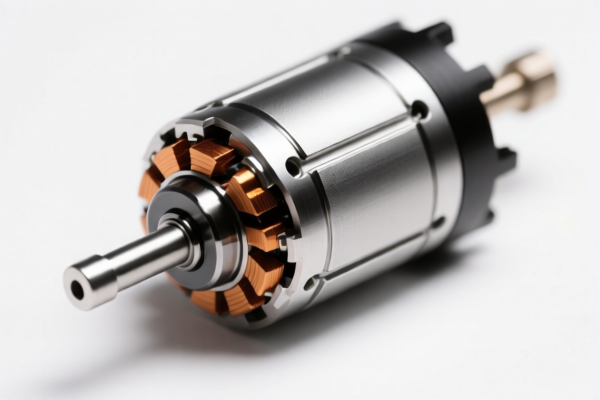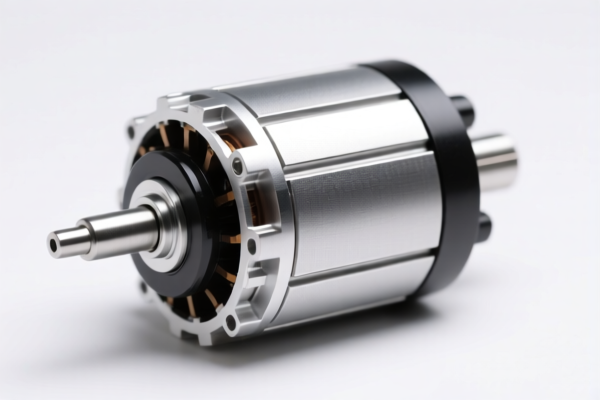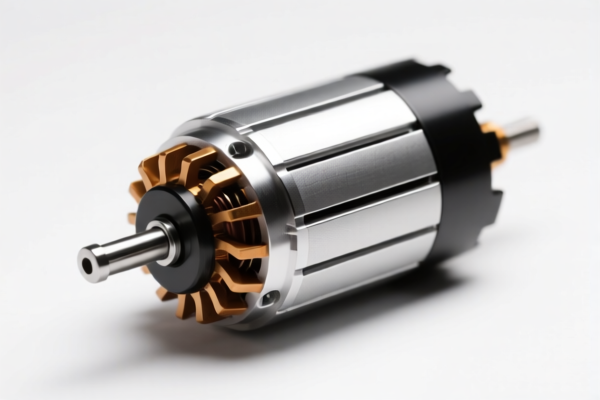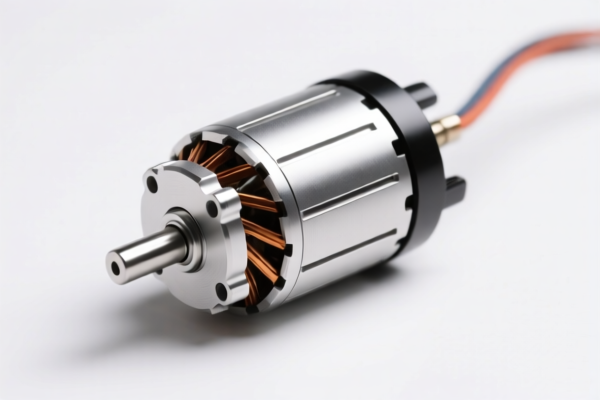| HS Code | Official Doc | Tariff Rate | Origin | Destination | Effective Date |
|---|---|---|---|---|---|
| 8412809000 | Doc | 55.0% | CN | US | 2025-05-12 |
| 8501325540 | Doc | 55.0% | CN | US | 2025-05-12 |
| 8501314000 | Doc | 59.0% | CN | US | 2025-05-12 |
| 8501104080 | Doc | 59.4% | CN | US | 2025-05-12 |
| 8501324500 | Doc | 55.0% | CN | US | 2025-05-12 |




Here is the structured analysis and customs compliance information for brushless motor based on the provided HS codes and tax details:
✅ Product Classification: Brushless Motor
Brushless motors fall under several HS codes depending on specific technical details such as power output, type (e.g., DC or AC), and application. Below are the relevant HS codes and their associated tariff information:
🔢 HS Code Breakdown and Tax Rates
1. HS CODE: 8412809000
- Description: Other engines and motors, and their parts.
- Total Tax Rate: 55.0%
- Base Tariff: 0.0%
- Additional Tariff: 25.0%
- Special Tariff after April 11, 2025: 30.0%
- Note: This code is a general category for motors not specifically classified elsewhere.
2. HS CODE: 8501325540
- Description: Brushless DC motors.
- Total Tax Rate: 55.0%
- Base Tariff: 0.0%
- Additional Tariff: 25.0%
- Special Tariff after April 11, 2025: 30.0%
- Note: This is a more specific code for brushless DC motors.
3. HS CODE: 8501314000
- Description: Direct current (DC) motors.
- Total Tax Rate: 59.0%
- Base Tariff: 4.0%
- Additional Tariff: 25.0%
- Special Tariff after April 11, 2025: 30.0%
- Note: This code includes brushless DC motors under the broader DC motor category.
4. HS CODE: 8501104080
- Description: Electric motors with output power not exceeding 37.5W.
- Total Tax Rate: 59.4%
- Base Tariff: 4.4%
- Additional Tariff: 25.0%
- Special Tariff after April 11, 2025: 30.0%
- Note: This code applies to small brushless motors used in consumer electronics or low-power applications.
5. HS CODE: 8501324500
- Description: Brushless motors (8–10 digit HS code explanation).
- Total Tax Rate: 55.0%
- Base Tariff: 0.0%
- Additional Tariff: 25.0%
- Special Tariff after April 11, 2025: 30.0%
- Note: This code aligns with the description of brushless motors.
⚠️ Important Notes and Alerts
- April 11, 2025 Special Tariff: A 30% additional tariff will be applied to all the above HS codes after April 11, 2025. This is a time-sensitive policy and must be considered in cost planning.
- Anti-dumping duties: Not applicable for brushless motors in the current context.
- Material and Certification Requirements: Verify the material composition, output power, and application of the motor to ensure correct HS code classification. Some codes may require certifications (e.g., CE, RoHS) for compliance.
📌 Proactive Advice for Importers
- Confirm the exact specifications of the brushless motor (e.g., power, type, application) to determine the correct HS code.
- Review the unit price and material composition to ensure compliance with customs regulations.
- Check for required certifications (e.g., CE, RoHS, FCC) depending on the destination market.
- Plan for the 30% additional tariff after April 11, 2025, to avoid unexpected costs.
Let me know if you need help determining the most accurate HS code for your specific brushless motor model. Here is the structured analysis and customs compliance information for brushless motor based on the provided HS codes and tax details:
✅ Product Classification: Brushless Motor
Brushless motors fall under several HS codes depending on specific technical details such as power output, type (e.g., DC or AC), and application. Below are the relevant HS codes and their associated tariff information:
🔢 HS Code Breakdown and Tax Rates
1. HS CODE: 8412809000
- Description: Other engines and motors, and their parts.
- Total Tax Rate: 55.0%
- Base Tariff: 0.0%
- Additional Tariff: 25.0%
- Special Tariff after April 11, 2025: 30.0%
- Note: This code is a general category for motors not specifically classified elsewhere.
2. HS CODE: 8501325540
- Description: Brushless DC motors.
- Total Tax Rate: 55.0%
- Base Tariff: 0.0%
- Additional Tariff: 25.0%
- Special Tariff after April 11, 2025: 30.0%
- Note: This is a more specific code for brushless DC motors.
3. HS CODE: 8501314000
- Description: Direct current (DC) motors.
- Total Tax Rate: 59.0%
- Base Tariff: 4.0%
- Additional Tariff: 25.0%
- Special Tariff after April 11, 2025: 30.0%
- Note: This code includes brushless DC motors under the broader DC motor category.
4. HS CODE: 8501104080
- Description: Electric motors with output power not exceeding 37.5W.
- Total Tax Rate: 59.4%
- Base Tariff: 4.4%
- Additional Tariff: 25.0%
- Special Tariff after April 11, 2025: 30.0%
- Note: This code applies to small brushless motors used in consumer electronics or low-power applications.
5. HS CODE: 8501324500
- Description: Brushless motors (8–10 digit HS code explanation).
- Total Tax Rate: 55.0%
- Base Tariff: 0.0%
- Additional Tariff: 25.0%
- Special Tariff after April 11, 2025: 30.0%
- Note: This code aligns with the description of brushless motors.
⚠️ Important Notes and Alerts
- April 11, 2025 Special Tariff: A 30% additional tariff will be applied to all the above HS codes after April 11, 2025. This is a time-sensitive policy and must be considered in cost planning.
- Anti-dumping duties: Not applicable for brushless motors in the current context.
- Material and Certification Requirements: Verify the material composition, output power, and application of the motor to ensure correct HS code classification. Some codes may require certifications (e.g., CE, RoHS) for compliance.
📌 Proactive Advice for Importers
- Confirm the exact specifications of the brushless motor (e.g., power, type, application) to determine the correct HS code.
- Review the unit price and material composition to ensure compliance with customs regulations.
- Check for required certifications (e.g., CE, RoHS, FCC) depending on the destination market.
- Plan for the 30% additional tariff after April 11, 2025, to avoid unexpected costs.
Let me know if you need help determining the most accurate HS code for your specific brushless motor model.
Customer Reviews
No reviews yet.